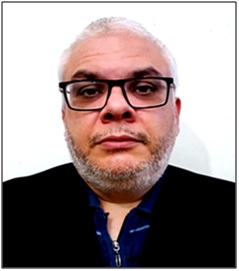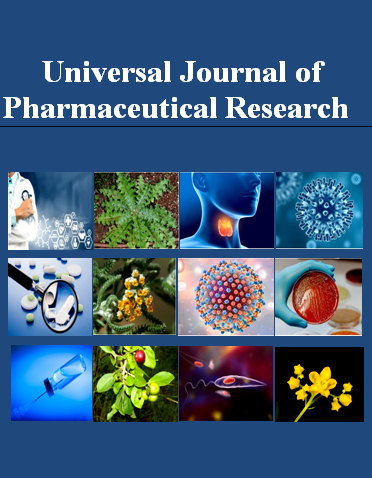A BRIEF OVERVIEW OF HIV TREATMENT STRATEGIES: A FOCUSED LOOK AT CHALLENGES AND OPPORTUNITIES
Keywords:
ART, artificial intelligence, CAR-T cells, HIV cure, nanoparticles, RNA interference, synthetic biologyAbstract
HIV continues to be a major global health concern, impacting millions. While antiretroviral therapy (ART) has dramatically improved outcomes, transforming HIV into a manageable chronic condition rather than a death sentence, a cure remains elusive. This mini-review examines the intricacies of HIV infection and explores novel curative strategies. Key challenges include the persistence of latent HIV reservoirs, where the virus lies dormant and undetectable and the emergence of drug resistance due to HIV's high mutation rate. Promising avenues of research include using Artificial Intelligence (AI) and Machine Learning (ML) to improve drug discovery and personalize treatment. Nanoparticles are being developed to deliver drugs directly to infected cells, improving effectiveness and minimizing side effects. Synthetic biology approaches, such as CAR-T and CAR-NK cells, aim to engineer immune cells to target and eliminate infected cells. Gut microbiome modulation is also being investigated as a way to boost immune response and reduce viral reservoirs. RNA interference (RNAi) uses siRNAs to suppress viral gene expression. Finally, therapeutic exosomes offer a new way to deliver antiviral agents to infected cells. These cutting-edge strategies offer hope for a functional or sterilizing cure. Further research and clinical trials are crucial to optimize these technologies and translate them into clinical practice, ultimately aiming to eliminate HIV and end the global epidemic.

Peer Review History:
Received 5 December 2024; Reviewed 11 January 2025; Accepted 20 February; Available online 15 March 2025
Academic Editor: Dr. Emmanuel O. Olorunsola , Department of Pharmaceutics & Pharmaceutical Technology, University of Uyo, Nigeria, olorunsolaeo@yahoo.com
, Department of Pharmaceutics & Pharmaceutical Technology, University of Uyo, Nigeria, olorunsolaeo@yahoo.com
Reviewers:
 Dr. Nyunaï Nyemb, Ministry of Scientific Research and Innovation of Cameroon, nyunain@yahoo.fr
Dr. Nyunaï Nyemb, Ministry of Scientific Research and Innovation of Cameroon, nyunain@yahoo.fr
 Dr. Olanrewaju Rita-Marie Awotona, Legacy University, Banjul , The Gambia, olanrewajuadegbola@gmail.com
Dr. Olanrewaju Rita-Marie Awotona, Legacy University, Banjul , The Gambia, olanrewajuadegbola@gmail.com
Downloads

Published
How to Cite
Issue
Section

This work is licensed under a Creative Commons Attribution-NonCommercial 4.0 International License.









 .
.